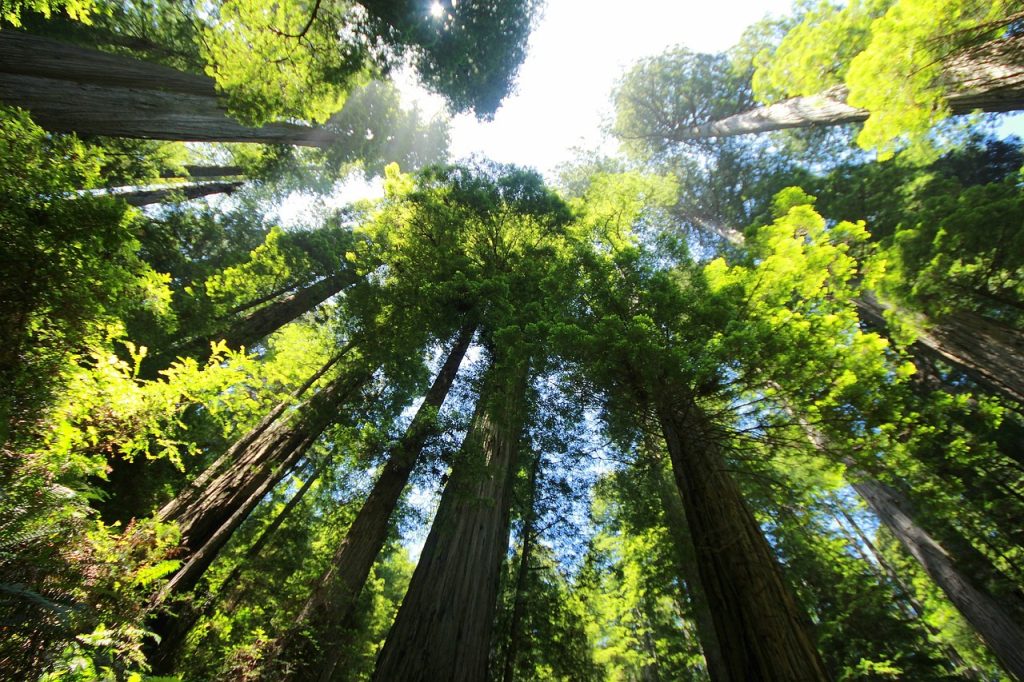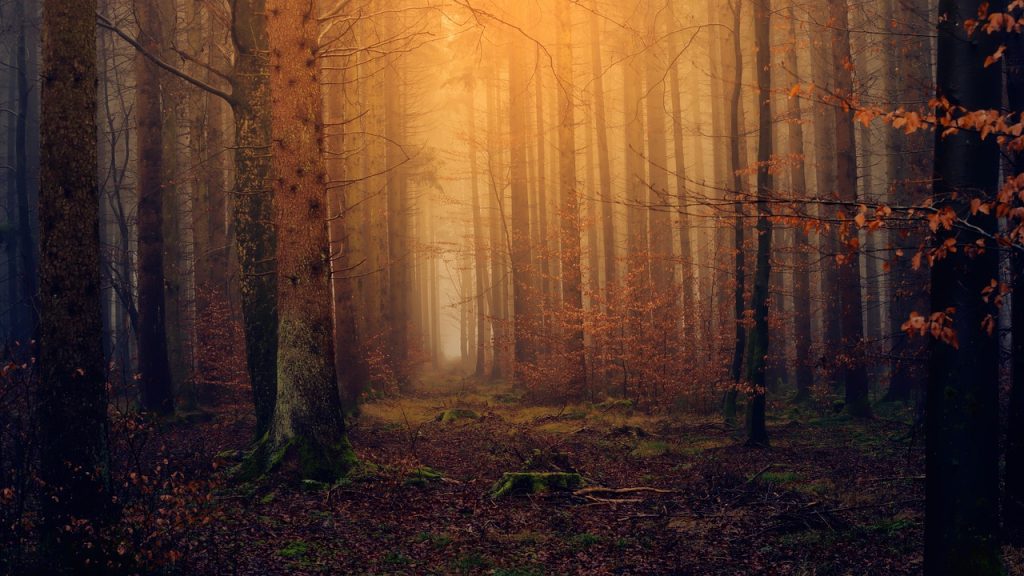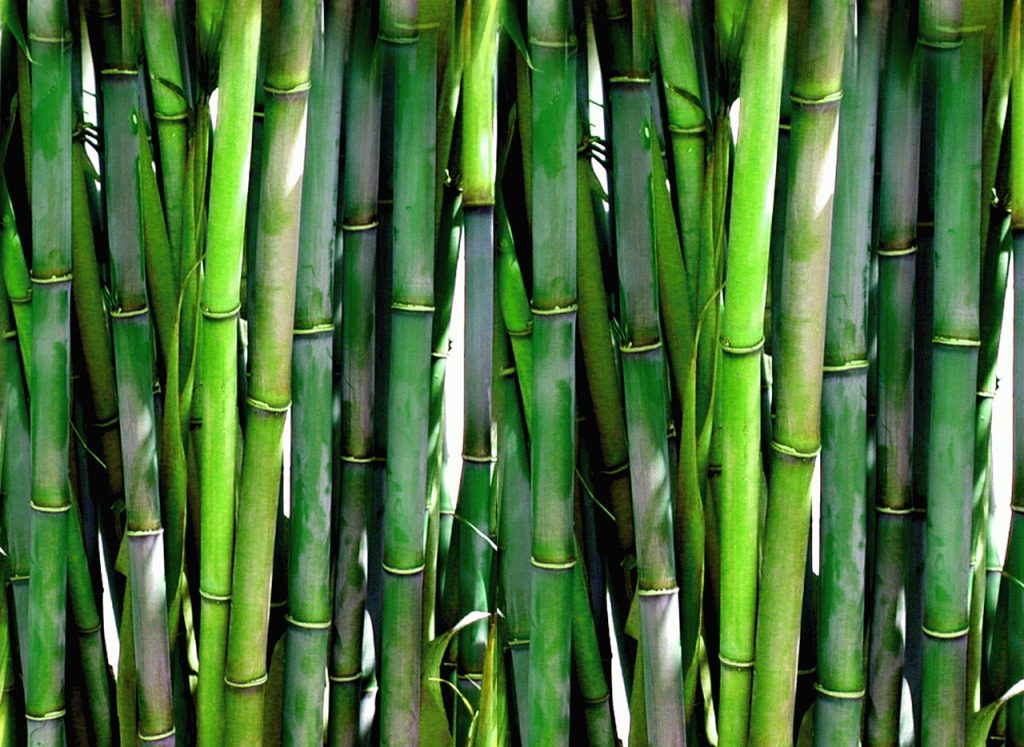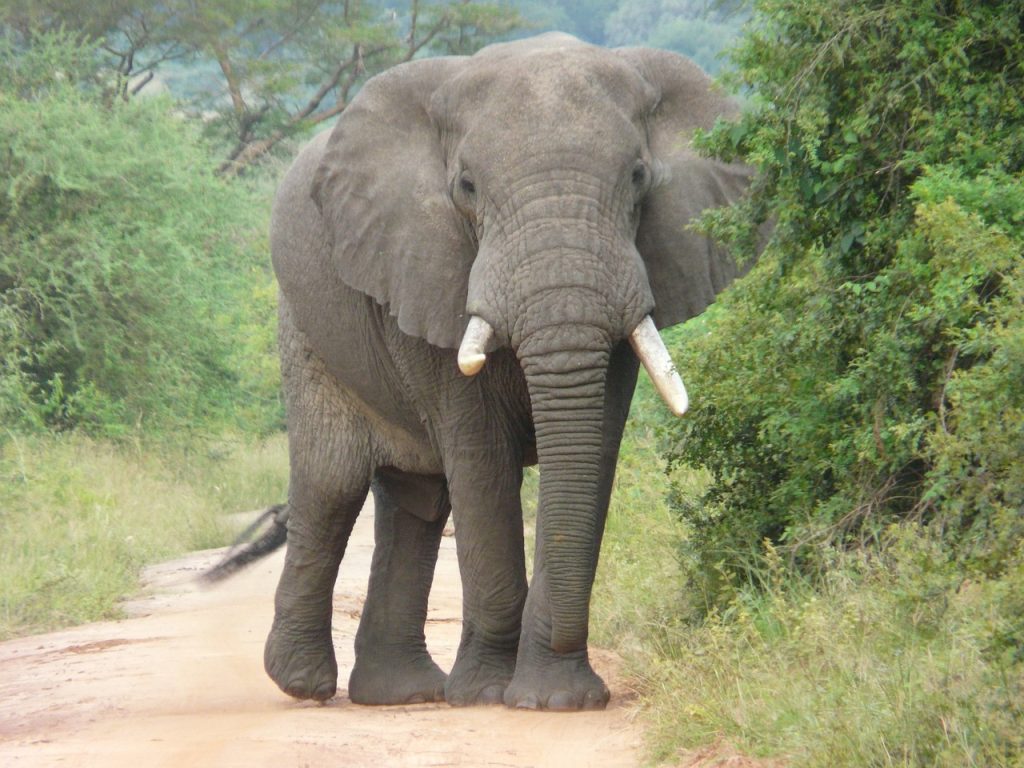Celebrate the UN’s International Day of Forests with these fun forest facts
Did you know? March 21st, 2024 marks this year’s International Day of Forests, supported by the UN. This year’s event aims to highlight “how we can promote innovation to help the world’s forests, and how innovations in science and technology are supporting sustainable forest management.”
Forests are vitally important to our planet, our future and the fight against climate change. That’s why we wanted to do our part to raise awareness of just how amazing they are.
So we give you some fun forest facts from around the world. We’ve even included useful links so you know where to go to find out more. And WOW did we find out some interesting things we didn’t already know.
Hopefully there are a few forest facts below that you find enlightening too. Why not join us in raising awareness by sharing this article with family and friends?

Big and beautiful forests
1. Which is the largest forest on earth?
The Amazon Rainforest covers approximately 2.3 million square miles and contains nearly a third of all the tropical rainforest left on Earth. It covers 1% of the world’s area, yet contains 10% of known wildlife species. And unbelievably, the WWF report that, “on average, a ‘new’ species of animal or plant is discovered in the Amazon every other day.”
Importantly, the Amazon Rainforest plays a huge role in the fight against climate change, capturing and storing 150-200 billion tons of carbon. Yet, sadly, between 1985 and 2021, the Amazon lost an area of rainforest and other native vegetation equivalent to three times the size of the UK.
2. Which is the largest tree on earth?
What’s the biggest tree in the world? Well, as you can imagine there are different ways to calculate this. But according to the National Park Service it’s The General Sherman Tree in California’s Sequoia National Park. They explain, “there are taller trees, and wider trees, but General Sherman contains more wood (volume) in its trunk than any other tree on Earth.”
Not only that but it’s thought to be about 2,200 years old.
3. Could a forest be the heaviest living thing on earth?
What if we told you there’s a colony of trees, in Utah, USA, that spreads over 106 acres and is connected by a single root system? Known as The Trembling Giant and made up of some 47,000 quaking aspens, ‘Pando’ is considered one of the oldest and heaviest living organisms on earth. It’s also sometimes called the largest tree, depending on your definition (see point 2 above).
One thing is for certain, an estimated weight of 6,600 tonnes is not to be sniffed at.

Weird & wonderful forests
4. Which is the most magical forest in the world?
Of course the obvious answer here is The Forbidden Forest…what do you mean Hogwarts isn’t real?
We might joke, but forests across the world have long been associated with story, myth and legend thanks to their enchanting beauty. From the Black Forest in Germany, playground of the Brother’s Grimm, to the forests of Broceliand in France, said to hide the magical fountain and tomb of the wizard Merlin. There are even two twisted Baobabs in Madagascar’s Baobab Alley that are said to be star-crossed lovers from opposing villages.
We think any forest feels like it has magic in it if you wander through it for long enough.
5. Which is the weirdest forest in the world?
Obviously there’s no official answer to this question, but we can’t help thinking that Poland’s Crooked Forest (Krzywy Las) ought to be up there.
Just outside the town of Gryfino in the west of the country, you’ll find about 400 pine trees with a full 90-degree, “C” shape, curve at their bases. Other than this, the trees grow straight upwards and healthily.
What makes this all the more weird, is that even scientists don’t know what caused it.
6. Can forests give us medicine?
In the forests of Japan you’ll have long found people practicing a therapeutic concept called “forest bathing” or shinrin-yoku. This involves immersing yourself in the sights, sounds, and scents of the forest and can be seen to reduce stress and strengthen the immune system.
With an incredible 67% of the country covered in dense forests, it’s no wonder Japanese people are so attached to these areas. The practice of forest bathing has been around since the 1980’s, with forest medicine even becoming a new branch of study in the field of public health.

Record-breaking forests
7. Where is the world’s oldest forest?
The world’s earliest-known forest was found just last month (February 2024) in none other than our very own UK, albeit over in the west in the county of Somerset. The fossils found near Minehead have been identified as calamophyton trees that resemble palm trees.
The new-found forest dates back to a time before even grass had appeared, and is thought to be four million years older than the previous record holder in New York State.
8. What’s the fastest growing forest?
While technically not a tree, bamboo is still grown in a bamboo forest. Widely known as the favourite food of the giant panda, what you might not know is exactly how fast growing it is.
In fact, bamboo can grow up to 35 inches in a single day, making it one of the fastest-growing plants on the planet.
If you want to know why bamboo grows so fast, you’ll find a simple explanation here.

Forest facts for the kids (among us!)
9. Why is elephant poo vital for African forests?
It’s often said that elephant populations can have disastrous effects on forests, particularly those in Africa. From foraging to rampaging, as their available habitats shrink, the damage these huge beasts cause to the tree population is increasing.
But scientists now believe the positive could outweigh the negative. In fact, the WWF calls African forest elephants ‘climate heroes’. Not only does clearing some of the smaller trees and vegetation make way for larger carbon-capturing trees to grow, elephants play an important role in seed dispersal, increasing the diversity of species across an area. Plus there are some seeds that can ONLY germinate once they’ve passed through an elephant’s digestive tract. Who knew?!
10. Can trees whistle?
Have you ever heard of the whistling acacia trees that grow in Kenya and other parts of East Africa?
They have hollow swellings at the base of some of their spines, or thorns. When wind passes through holes in these swellings, the trees create a whistling sound. Not only that, these hollows provide a home to vicious ants, which protect the trees from predators by giving them a nasty nip.
And in return? The tree offers sweet nectar to the ants. A beautiful symbiotic relationship.
BONUS FOREST FACTS: Koivu proudly champions sustainable forests
It’s unavoidable that we use wood to produce our beautiful bespoke kitchens. That’s why we feel it’s vitally important we do everything we can to help preserve this valuable natural resource for our children and our children’s children.
Choose Koivu, and you can rest assured that you’re not contributing to the felling of natural forests across the globe. Because your new kitchen will be made from Finnish or Latvian birch that is farmed sustainably and benefits from a constant replanting process
And to make doubly sure we reduce our impact on the planet, we make regular donations to a Woodland Trust scheme supporting the planting of new trees. You can find out our running donation total on our sustainability page.

If you would like to find out more about our forest-friendly birch plywood kitchens, get in touch.




